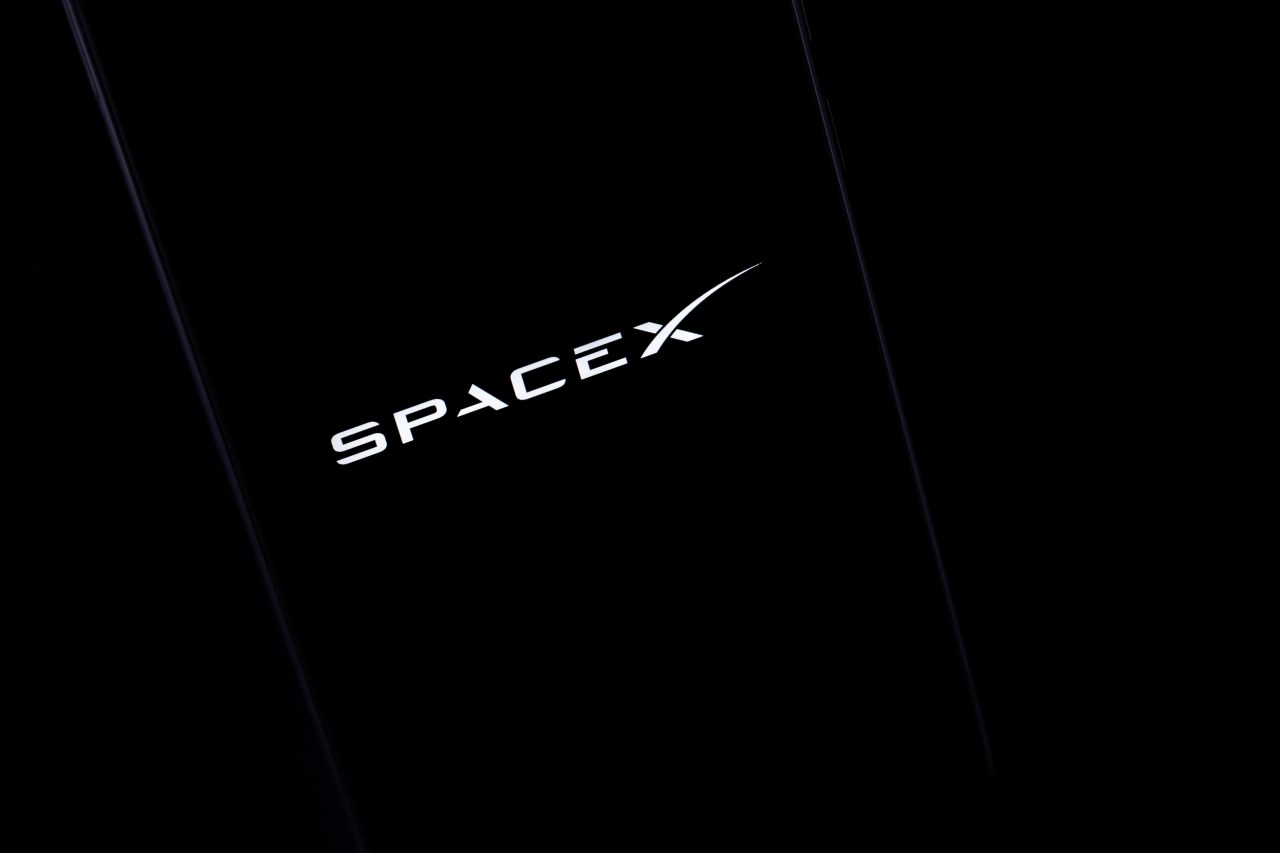

NASA has marked a groundbreaking moment in the history of space exploration by awarding SpaceX the monumental task of deorbiting the International Space Station (ISS). This unprecedented “SpaceX NASA contract” underscores NASA’s commitment to transitioning space operations from a government-led initiative to a commercially-driven venture. The “SpaceX wins 843 million contract” not only cements SpaceX’s pivotal role in shaping the future of space exploration but also opens a plethora of opportunities for businesses worldwide. As the “International Space Station” prepares for its final journey into “Earth’s atmosphere,” the aerospace sector is poised for a surge in innovation and growth, with companies eager to partake in developing new space destinations. This shift highlights the increasing significance of private entities in space, bridging the gap between government objectives and commercial capabilities.
The rapidly evolving landscape of space exploration presents an unprecedented array of opportunities for private companies. With NASA transitioning space station operations towards commercially owned ventures, businesses now have the chance to be at the forefront of this burgeoning sector. The $843 million estimated cost for SpaceX’s contract to deorbit the ISS highlights the growing prominence of private entities in low Earth orbit. Companies specialising in deorbiting technologies, space debris mitigation, and sustainable space operations will see increased demand for their expertise. Furthermore, the collaborative efforts required for safe deorbiting, involving multiple international space agencies, underscore the value of proficiency in space law and compliance. As the sector continues to expand, launch providers that are agile, innovative, and committed to regulatory adherence will be well-positioned to thrive in the space economy, seizing lucrative government contracts and partnerships while contributing to future missions and the next frontier of human innovation.
As the aerospace sector navigates the transition from government-led initiatives to commercial space operations, a plethora of exciting new markets emerge, ripe for exploration and innovation. Central to this transformation is the demand for safe and responsible deorbit vehicles, which play a crucial role in guiding obsolete satellites and space stations, including the International Space Station, out of orbit to prevent potential collisions and space debris accumulation. Innovations in sustainable space operations are also gaining traction, with businesses focusing on reducing the environmental impact of space missions. This includes developing technologies for space debris mitigation and creating systems for recycling and reusing material in space. Launch providers are integral to this ecosystem, enabling both crewed missions and cargo deliveries. As collaboration among international space agencies intensifies, expertise in space law and compliance becomes more valuable, enhancing the role of privately held companies equipped with legal and regulatory acumen. The aerospace sector’s shift toward private enterprise not only fuels growth but also fosters a collaborative and sustainable approach to space exploration, presenting myriad opportunities for companies ready to trailblaze in these new markets. Additionally, innovative strategies, such as targeted deorbiting over the Pacific Ocean, ensure minimal environmental impact, reinforcing the sector’s commitment to responsible space operations.
In the dynamic realm of space exploration, international cooperation and collaborative efforts are not just advantageous but essential. With the unprecedented expansion of commercial activities in space, businesses must prioritise investing in space law expertise and compliance with liability conventions. The recent lawsuit against NASA by the Oteros family highlights the critical need for robust risk management strategies and adherence to global policies. As private entities, including launch providers, increasingly partake in deorbiting missions, satellite launches, and other space ventures, the potential for liabilities due to space debris impacts becomes a pressing concern. Mastery in space law will empower businesses to navigate complex legal landscapes, mitigate risks, and foster sustainable operations. Moreover, with technology demonstrations and collaborative projects involving the International Space Station, businesses equipped with legal and regulatory knowledge will be well-positioned to engage in and benefit from these multinational endeavors. For example, NASA’s contract to develop a deorbit vehicle and the recent event where a launch provider wins an 843 million contract underscore the importance of compliance and readiness. European governments and other international agencies are working together on safe deorbiting procedures and sustainable practices. Companies that stay informed and compliant will ensure a secure and prosperous future in the ever-expanding space economy, benefitting alongside the four crew members involved in these pivotal missions.
The increasing commercialisation of space operations brings with it a complex web of legal and liability issues that companies must navigate. This was starkly highlighted by the recent lawsuit against NASA by the Oteros family, underscoring the critical need for robust risk management strategies. As privately held companies like SpaceX, led by Elon Musk, secure NASA contracts and become more involved in deorbiting missions, satellite launches, and other space ventures, the potential for liabilities due to space debris impacts looms large. Effective risk management not only involves adherence to existing space law and international liability conventions but also proactive measures such as developing advanced space debris mitigation technologies and securing comprehensive insurance policies. Ensuring a safe and responsible deorbit of spacecraft in a controlled manner, particularly in low Earth orbit, is essential. For businesses, the adept handling of these challenges will be pivotal in ensuring sustainable operations and safeguarding their investments in the rapidly evolving space economy. Ensuring compliance with global policies while fostering innovation will place companies in a strong position to capitalise on the opportunities within this burgeoning sector.
The transition to commercial space destinations heralds a new era of innovation and growth, presenting numerous opportunities for agile businesses eager to leverage the expanding space economy. Companies like SpaceX that can swiftly adapt to the evolving demands of this dynamic sector are well-positioned to capitalise on the burgeoning market for commercial space habitats and research facilities. The shift from government-led space initiatives to private-sector-driven ventures has opened up pathways for developing technologies that cater to the needs of long-term space habitation, such as life support systems, in-orbit manufacturing, and space tourism amenities within low Earth orbit. Furthermore, this transition encourages collaboration with international space agencies and fosters a competitive environment where companies dedicated to sustainable and compliant practices can thrive. As private entities continue to explore and establish commercial destinations beyond Earth’s atmosphere, the potential for innovative businesses to drive progress and seize emerging opportunities is limitless. The involvement of privately held companies in securing NASA contracts underscores the importance of missions that guide the International Space Station and other endeavors involving astronauts and scientific research. This collaboration paves the way for a vibrant and prosperous future in space exploration, where science and commercial interests intersect harmoniously.
The Artemis Program marks a significant milestone in space exploration, heralding a new era where commercial opportunities are boundless. Spearheaded by NASA with substantial collaboration from international partners, the programme’s ambitious goals include returning humans to the Moon and establishing a sustainable presence by the end of the decade. This shift opens up numerous avenues for commercial entities to contribute to and benefit from the burgeoning space economy. Companies that specialise in advanced robotics, life support systems, lunar habitats, and sustainable energy solutions stand to gain immensely from the infrastructure and technological requirements of the Artemis missions. Moreover, the programme reinforces the necessity for robust risk management strategies, compliance with space law, and sustainable operations, offering businesses the chance to innovate while adhering to stringent regulatory frameworks. As the Artemis Program unfolds, the collaboration between public agencies and private enterprises will be pivotal in pushing the boundaries of space exploration and driving forward global space infrastructure development.
The Artemis Program’s endeavours to return humans to the Moon and establish a sustainable presence offer myriad opportunities for businesses equipped to meet the technological and infrastructural demands of these lunar missions. Companies at the forefront of developing new technologies—such as autonomous lunar rovers, innovative life support systems, and next-generation energy solutions—stand to gain significant market share by contributing to NASA’s ambitious objectives. Furthermore, an efficient and resilient supply chain is critical for the success of long-duration lunar missions. Businesses that can provide reliable logistics, manufacture specialised components, and ensure the seamless delivery of essential supplies are poised to thrive. The transition to more complex space missions necessitates stringent compliance with space law and robust risk management strategies, fostering a secure environment for commercial activities. By leveraging these advancements and ensuring alignment with the Artemis program’s goals, businesses have the prospect of achieving remarkable growth and playing a key role in the future of space exploration.
As space technologies become interwoven with terrestrial infrastructure, the economic potential for businesses stands to skyrocket. The integration of satellite-based communication systems, global positioning, and Earth observation technologies are transforming industries by enhancing connectivity, precision, and data analytics. This seamless merge provides unparalleled opportunities for businesses involved in developing and enhancing infrastructure, from smart cities empowered by satellite IoT solutions to agricultural sectors benefiting from advanced remote sensing. Companies agile enough to innovate within this ecosystem will find themselves at the forefront of a burgeoning market, leveraging the extensive capabilities offered by space-based technologies. Furthermore, the increasing dependence on space infrastructure underscores the vital need for risk management and sustainable practices, ensuring resilience and reliability as we step into a future where the line between space and Earth infrastructure grows ever thinner. Harnessing this economic potential requires strategic foresight, robust compliance with space laws, and a commitment to continuous innovation, setting the stage for a vibrant and prosperous space economy.

This website uses cookies to improve your experience. Choose what you're happy with.
Required for the site to function and can't be switched off.
Help us improve the website. Turn on if you agree.
Used for ads and personalisation. Turn on if you agree.
This website uses cookies to improve your experience. Choose what you're happy with.
Required for the site to function and can't be switched off.
Help us improve the website. Turn on if you agree.
Used for ads and personalisation. Turn on if you agree.